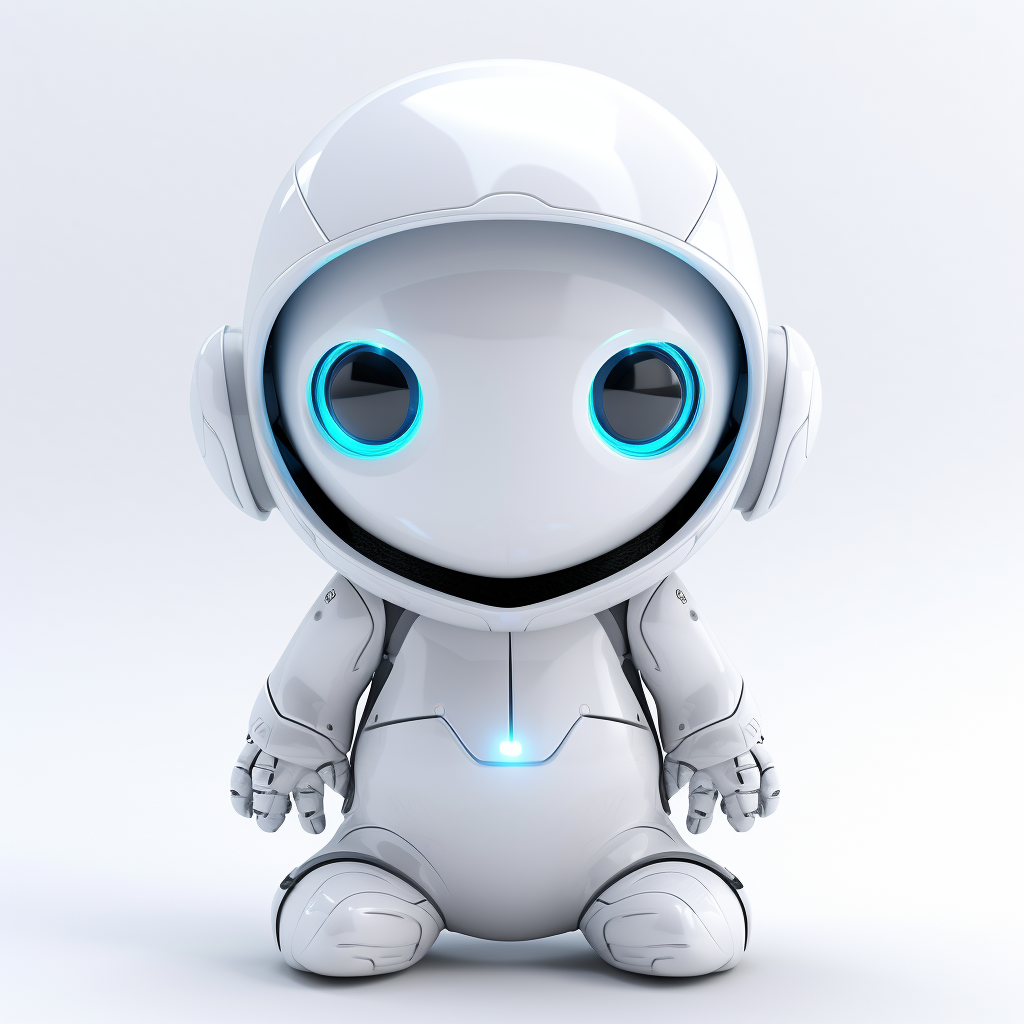What Is Context Engineering?
Context Engineering is a crucial aspect of working with Large Language Models (LLMs). It involves the careful organization and optimization of various forms of context that are input into these models. The goal is to enhance their performance in areas like comprehension, reasoning, and adaptability. Unlike prompt engineering, which treats context as a fixed string, context engineering views it as a dynamic and structured assembly of elements. This approach is particularly important given the constraints of resources and architecture in AI systems.
Taxonomy of Context Engineering
The field of context engineering can be broken down into several foundational components:
- Context Retrieval and Generation: This includes techniques such as prompt engineering, in-context learning (like zero-shot and few-shot learning), and the use of external knowledge sources. Methods such as the CLEAR Framework and dynamic template assembly play a significant role here.
- Context Processing: This focuses on handling long sequences of data and integrating various types of information, including visual and audio inputs. Architectures like Mamba and FlashAttention are examples of advancements in this area.
- Context Management: This involves strategies for memory storage and retrieval, ensuring that models can effectively manage both short-term and long-term context.
System Implementations
Several innovative systems have emerged from context engineering:
- Retrieval-Augmented Generation (RAG): This architecture enhances LLMs by integrating external knowledge, allowing for real-time updates and complex reasoning.
- Memory Systems: These systems enable LLMs to recall information over extended interactions, essential for personalized assistant applications.
- Tool-Integrated Reasoning: By using external tools, LLMs can perform tasks that require real-world interaction, such as programming or scientific research.
- Multi-Agent Systems: These systems facilitate collaboration among multiple LLMs, which is vital for solving complex problems.
Key Insights and Research Gaps
Recent studies have highlighted several important insights and areas for further research:
- Comprehension–Generation Asymmetry: While LLMs can understand complex contexts, they often struggle to generate equally sophisticated outputs.
- Integration and Modularity: The best results come from combining various techniques in a modular way.
- Evaluation Limitations: Current metrics often fail to capture the complexities of context engineering, indicating a need for new evaluation paradigms.
- Open Research Questions: Areas such as theoretical foundations, ethical concerns, and real-world deployment remain underexplored.
Applications and Impact
The implications of context engineering are vast, impacting various fields:
- Long-document and question answering
- Personalized digital assistants
- Scientific and technical problem-solving
- Multi-agent collaboration in business and education
Future Directions
Looking ahead, context engineering is poised for significant advancements:
- Unified Theory: Developing comprehensive frameworks to better understand context engineering.
- Scaling & Efficiency: Innovations in memory management and attention mechanisms are expected.
- Multi-Modal Integration: Future systems will likely integrate various data types more seamlessly.
- Robust, Safe, and Ethical Deployment: Ensuring that AI systems are reliable and fair will be critical.
Summary
In conclusion, Context Engineering is becoming a foundational discipline for the development of advanced LLM-based systems. By focusing on the optimization of information and context, we can enhance the capabilities and applications of AI in real-world scenarios.
FAQ
1. What is the difference between context engineering and prompt engineering?
Context engineering treats context as a dynamic assembly of components, while prompt engineering views it as a static string used to guide model responses.
2. Why is context management important in LLMs?
Effective context management allows LLMs to retain and recall information over longer interactions, enhancing their usability in applications like personal assistants.
3. What are some challenges in evaluating context engineering?
Current evaluation metrics often fail to capture the complexity of context interactions, necessitating the development of new benchmarks.
4. How can context engineering improve AI applications?
By optimizing the input context, context engineering can enhance the performance of AI in tasks such as question answering and personalized recommendations.
5. What future trends should we expect in context engineering?
Future trends may include more integrated multi-modal systems, improved efficiency in memory management, and a focus on ethical deployment of AI technologies.


























